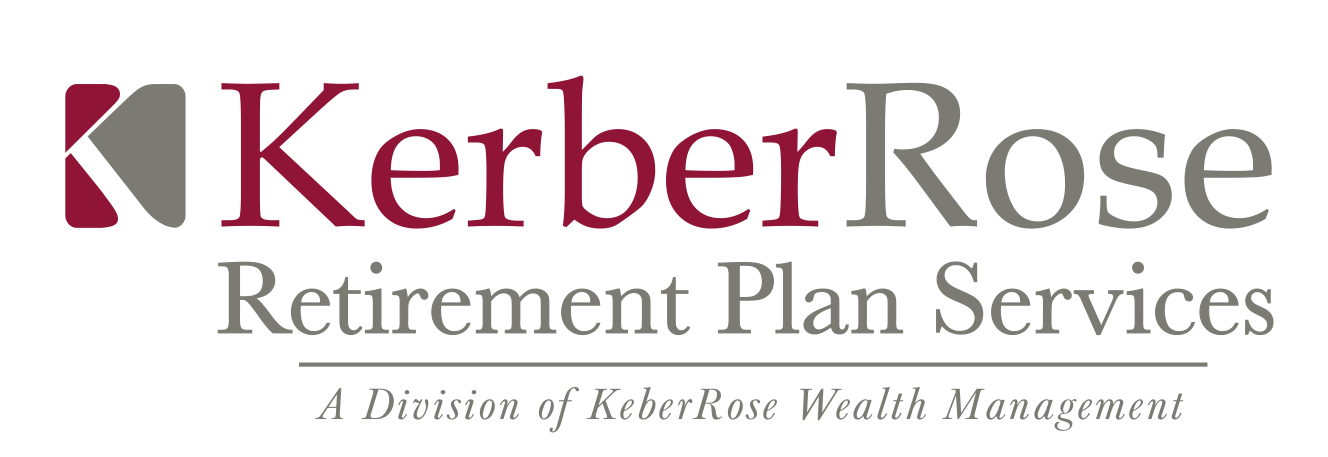Safe Harbor Amendments
Employers have seen and continue to see changes in their current business environment. As they explore options to reduce costs, some may find themselves needing to reduce the employer contributions into their retirement plans. A popular 401(k) design option is the safe harbor 401(k) which requires either a non-elective employer contribution or an employer match.
An employer can reduce or suspend its safe harbor contributions during a plan year, but only if certain conditions are met:
The employer must either: (a) have included in the required annual safe harbor notice a statement that the plan could be amended during the plan year to reduce or suspend safe harbor contributions, or (b) be operating at an economic loss as described in Section 412(c)(2)(A) of the Code, which generally requires that the employer and related employers in the same controlled group would likely need to show that its expenses exceed income for the year using generally accepted accounting principles.
The plan sponsor must send a supplemental notice informing participants that the plan will be amended with an explanation of the reduction or suspension of the safe harbor contribution. The suspension or reduction cannot be effective until 30 days after the later of: (a) the date the supplemental notice is distributed to participants, or (b) the effective date of the plan amendment. Participants must have a reasonable opportunity prior to the suspension or reduction of the safe harbor contribution to change their deferral elections, and this opportunity also must be described in the supplemental notice.
The plan document must be amended to reduce or suspend the safe harbor contribution and to add the required nondiscrimination testing provisions for the plan year: the "actual deferral percentage" ("ADP") test for 401(k) plans and the "actual contribution percentage" ("ACP") test for plans with matching contributions, both of which must use the current-year testing method. The plan also cannot rely on the top-heavy exemption available to safe harbor plans for the plan year in which the safe harbor contributions are suspended or reduced, which means the employer may be required to make a top heavy minimum contribution at the end of the plan year that could potentially exceed the cost of the safe harbor contributions.
An employer that suspends or reduces its safe harbor contribution mid-year must pay the safe harbor contribution amount from the beginning of the plan year until the effective date of the change. The annual compensation limit used to calculate the amount of the safe harbor contribution is prorated through the date of suspension.
A few additional considerations also should be kept in mind:
If the employer wishes to reinstate the safe harbor provision, another plan amendment and an annual notice may be required before the start of the applicable plan year (see additional comment regarding the SECURE Act below).
A plan could lose its tax-qualified status if safe harbor contributions are suspended during a plan year and the IRS determines that all requirements were not met. The employer may further be at risk of being found to have engaged in a prohibited transaction or fiduciary breach by not making its required contributions.
If your company is considering suspending it’s safe harbor contribution or match, KerberRose Retirement Plan Services is here to help with any questions or help advise on the steps needed change safe harbor contributions or amend plan documents.
About the Author: Michael Rudolf, AIF® - Director of Retirement Plans
Michael has over 15 years of experience in the financial services industry specializing in employer retirement plans, helping manage fiduciary liability, investment line-ups and employee education. Michael also helps individuals with their investment management needs.
Michael has a Bachelor degree in Finance and Economics from St. Norbert College. Michael holds an AIF (Accredited Investment Fiduciary) designation along with several securities designations including the FINRA series 7, 24, 4, 53, 63, and 65; and health, life and variable annuity licenses. He is a member of the Retirement Plan Advisory Group (RPAG).
